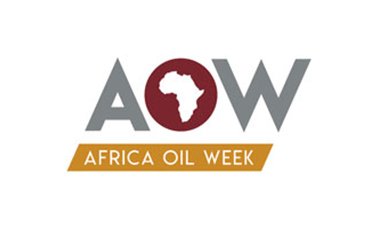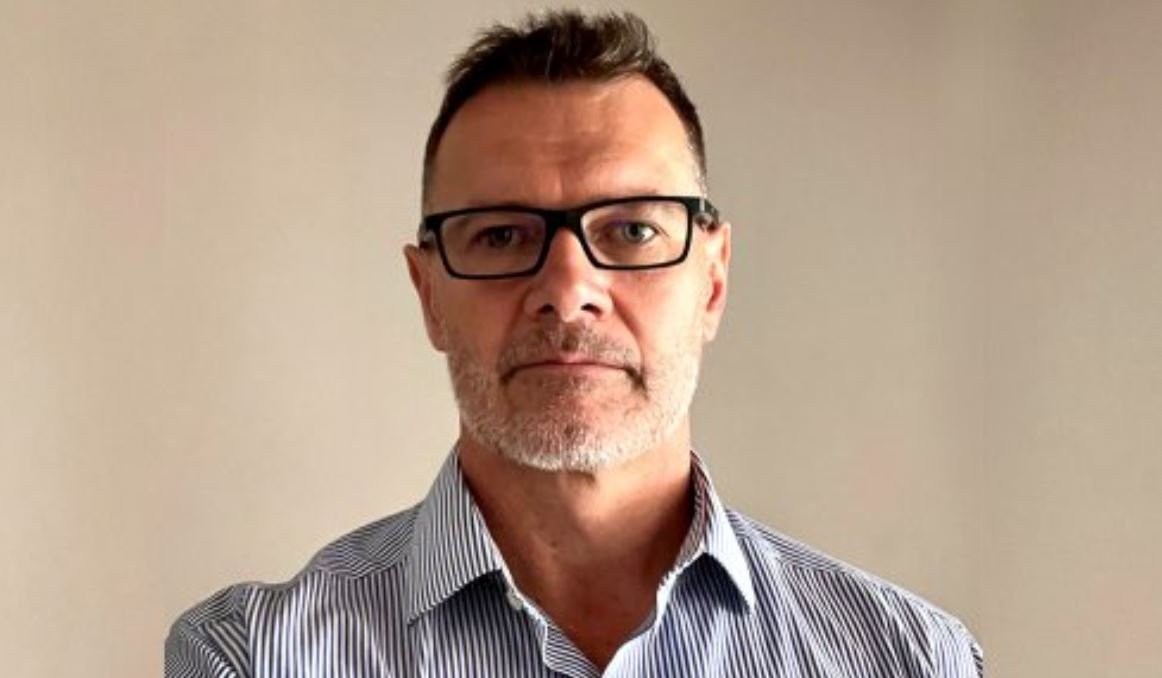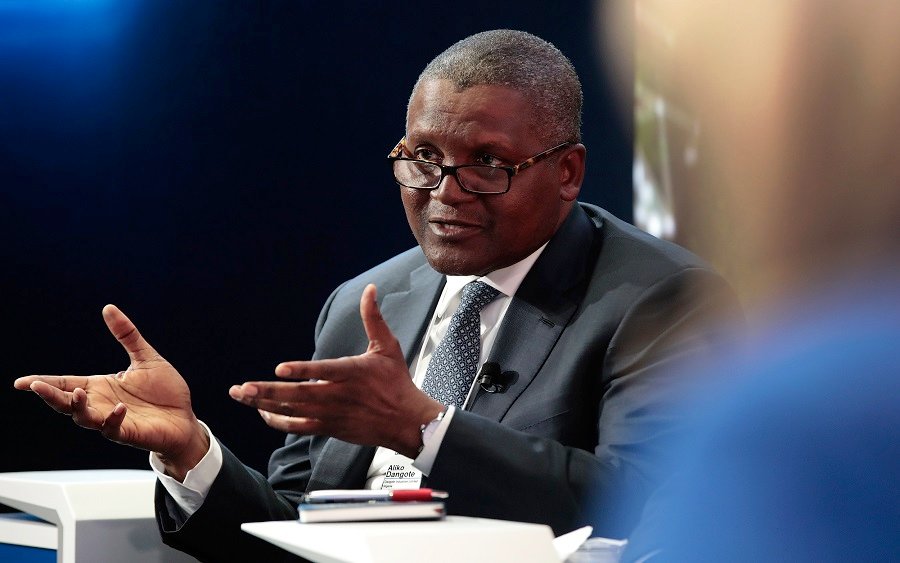By William Breeze and Thomas Bethel
At first glance, one would expect African upstream finance to be in healthy shape: the oil price is high by historic standards; gas is an essential transitional fuel; domestic demand for hydrocarbons continues to grow; government support for upstream development continues; and returns in the sector are strong. However, the picture when it comes to access to capital, and in particular debt finance, is significantly more complex.
In the second half of 2021 and the first half of 2022, many commercial banks were finalising, and have now published, their net zero targets and strategies, in many cases connected to their commitments on joining the Net-Zero Banking Alliance, with a particular focus on the impact on their oil and gas lending business. This appears to have resulted in 6 to 12 months of very limited new financing activity, with many banks focussing only on existing financings. A limited number of commercial banks have withdrawn from the upstream space entirely in certain markets, but things have settled over the past 12 months or so, and many banks, although being more selective than in the past, are still lending to the upstream. A clarity has emerged that the market is still open for business, and the obvious major supply and pricing issues globally have added to the sense of willingness to proceed with deals. We have been working on several upstream financings in recent months with lenders committing new funding to the sector, including to new borrower names and new developments, which is a welcome change compared to where the market was a year ago.
Environmental, social and governance requirements – the “ESG” of a thousand newspaper articles and learned papers – are now ubiquitous in the bank market. While some seek to employ ESG (and in particular decarbonisation) as a very blunt instrument as a reason not to lend to a sector or project, most lenders are taking a more considered approach. If it is taken as a given that, for decades, a large (albeit potentially gradually reducing) volume of oil and gas production is necessary (and even the most aggressive energy transition projections show a very significant supply requirement for some time to come), then ESG-focused lending can be a powerful tool for supporting and driving advances and improvements in the upstream.
Another challenge to upstream finance is the approach taken by some politicians and NGOs. There are those who argue that there should be no more upstream development. Setting aside the financial and moral incoherence of this position (why should countries be denied the right to develop their natural resources for the good of their populations and use petroleum royalties to build hospitals and schools?), the adverse publicity the upstream sector generally attracts can have a chilling effect on banks’ readiness to lend. It is incumbent on all market participants to make the case for responsible, best-in-class development, with financing terms that help steer operators and investors to run assets in the most efficient and prudent way possible.
There are, though, other sources of finance and the liquidity shortfall from bank reduction in appetite has been less dramatic than might otherwise have been the case. Traders – whether commodity houses or the trading arms of IOCs – remain active, providing finance (often on competitive terms) in order to secure offtake. Some development banks, recognising the employment and economic upside to upstream development and operations, continue to lend. An increasing number of private credit investors, whether specialist or general funds, are making debt available to African upstream players, often drawn by attractive returns from positions lower down the capital structure. And there was, until relatively recently, the beginning of a trend of eschewing loans and instead turning to the debt capital markets.
In our view, the bank market should not be dismissed too readily. There is a wealth of institutional and individual knowledge that can help resolve financing complexities. When market conditions are challenging, the value of a borrower being able to have a sensible conversation with its lenders and take a mutually productive approach to temporary difficulties should not be under-estimated; bond investors do not have the same ability to communicate or respond flexibly to market conditions and private credit, with fund life and IRR always in mind, may not be in a position to accept even brief cashflow shortfalls; and waiver and restructuring conversations are extremely challenging to convene and progress. Although it may not seem that way from the borrower’s perspective, bank debt is both more consistently available (without blanket periods where the market is said to be ‘closed’) and is almost invariably far more competitively priced than bond money or private credit.
It is inspiring to witness the energy and enthusiasm brought by the new generation of owners – the independents, often indigenous players, who are acquiring the assets being divested by IOCs – which is serving to encourage lenders of all sorts to invest in a future that seeks to develop the natural resources with which Africa is blessed, looking to be best-in-class from an ESG perspective and to drive constant improvement via ambitious but achievable targets.
So we have a picture for oil and gas in Africa which is, perhaps more than ever, an almost-overwhelming mixture of challenge, change, complexity and opportunity. But we are certain that this sector, and the innovative minds that manage, develop and finance it, will find its way through, for the good of the continent and its people, whilst minimising harm to the planet. We look forward to discussing these themes and more with all the delegates at Africa Oil Week and wish everyone an enjoyable and collaborative conference.







